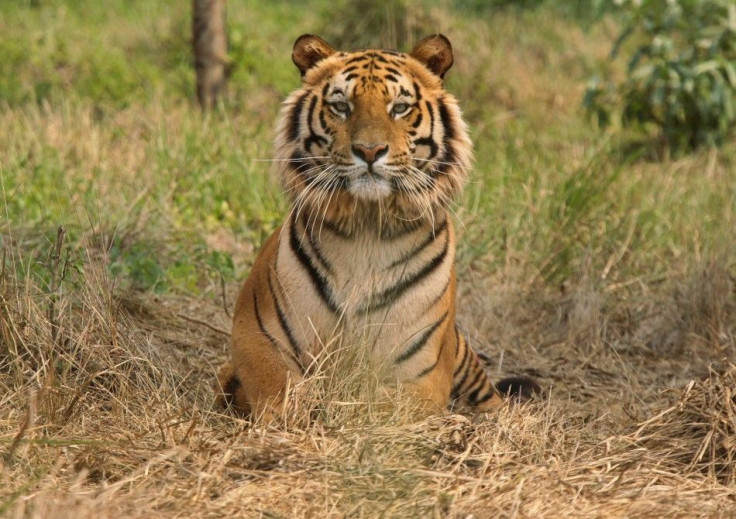India has 1,706 tigers, more than 200 tigers added in 4 years: report

The Indian government on Monday released new tiger population numbers at 1,706, an increase of 295 in the last four years. India has half of the world’s remaining wild tigers population and the decline in their numbers has been alarmingly high in the last five decades.
The estimates show that at 1,706, the number of tigers was up from 1,411 during the last count in 2007. However, the 1,706 figure includes an additional tiger reserve in the count, the Sundarbans, that contained 70 tigers. This area was not counted in 2007. Corrected, the official estimate stands at 1,636 when leaving out the Sundarbans, or an increase of 225.
“As seen from the results, recovery requires strong protection of core tiger areas and areas that link them, as well as effective management in the surrounding areas,” said Mike Baltzer, Head of WWF’s Tigers Alive Initiative. “With these two vital conservation ingredients, we can not only halt their decline, but ensure tigers make a strong and lasting comeback.”
The figures marked the opening of the International Tiger Conservation Conference, a three day meeting following on the heels of the groundbreaking Global Tiger Recovery Programme (GTRP), a worldwide plan to bring the species back from the brink of extinction which was forged in November 2010 at an international tiger conservation meeting in St. Petersburg, Russia organized by Russian Prime Minister Vladimir Putin.
The count was conducted by India’s National Tiger Conservation Authority with key partners, including WWF, in the largest tiger population survey ever undertaken.
Numbering more than 100,000 at the turn of the last century, tigers have lost more than 97 percent of their population and 94 percent of their home range in just 100 years. They live in increasingly isolated pockets of land in Asia and the Russian Far East in Indonesia, Malaysia, Cambodia, Vietnam, Laos, Thailand, Myanmar, Bangladesh, Bhutan, India, Nepal, China and Russia. The Global Tiger Recovery Program marks the first formalized international initiative to save the species from extinction.
The current estimation, one of the largest global exercises of its kind, will provide new data on the status of wild tigers in India, which has more than 50 percent of the world’s remaining population of wild tigers as well as information on the status of the tiger’s prey base and its habitat.
“These numbers give us hope for the future of tigers in the wild, and that India continues to play an integral role in the tiger’s recovery,” said WWF International Director General Jim Leape, who is chairing a conference session on the role of international and national partners in the GTRP's implementation.
Several areas in India, including those that are not Tiger Reserves and outside national parks, were intensively surveyed for the first time. The Moyar Valley and Sigur Plateau in Southwest India’s Western Ghats Complex, that has been a focus of recent WWF conservation efforts, was found to contain more than 50 tigers. Similarly, the Ramnagar Forest Reserve outside Corbett National Park showed a good number of tigers.
© Copyright IBTimes 2024. All rights reserved.





















